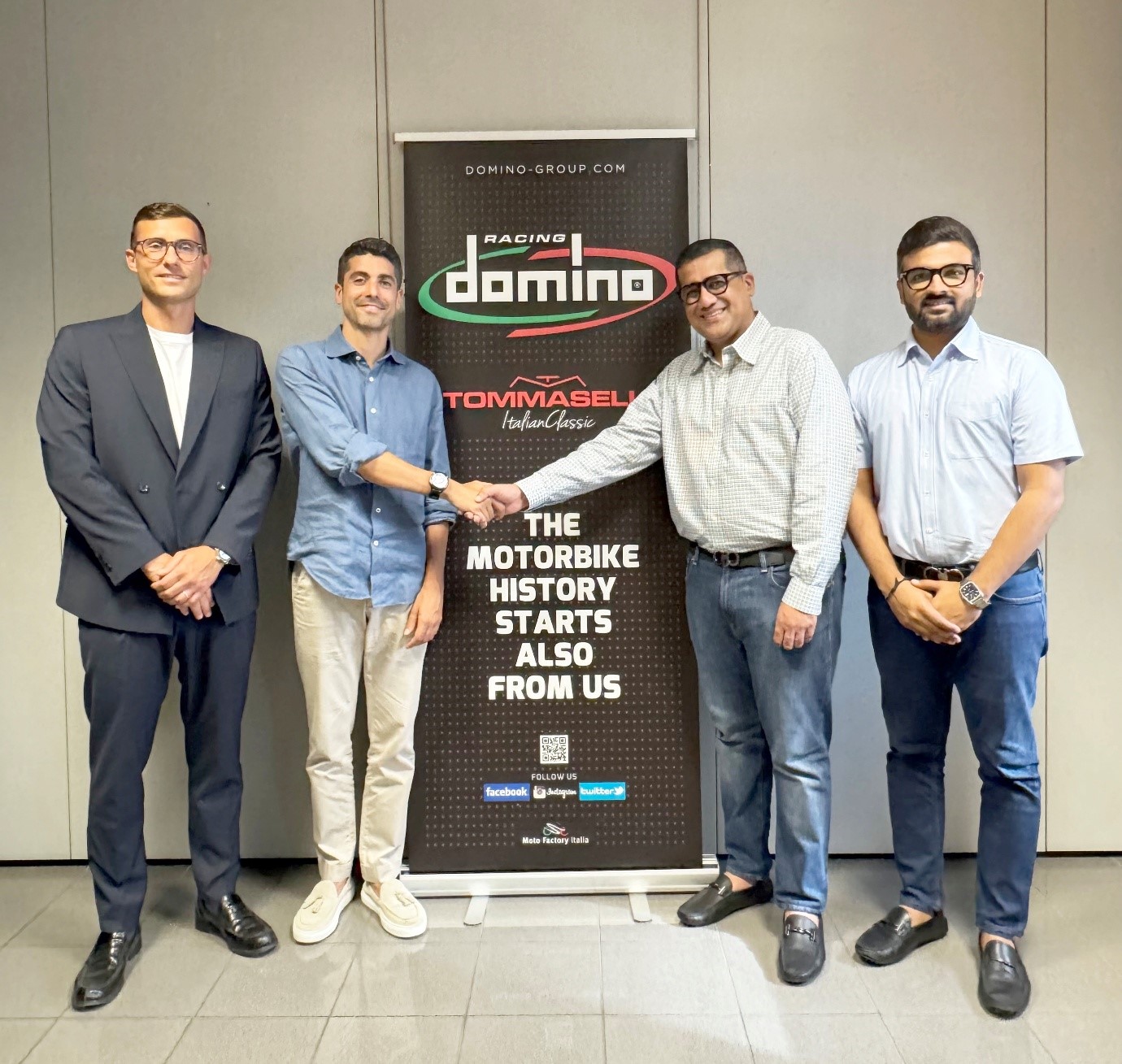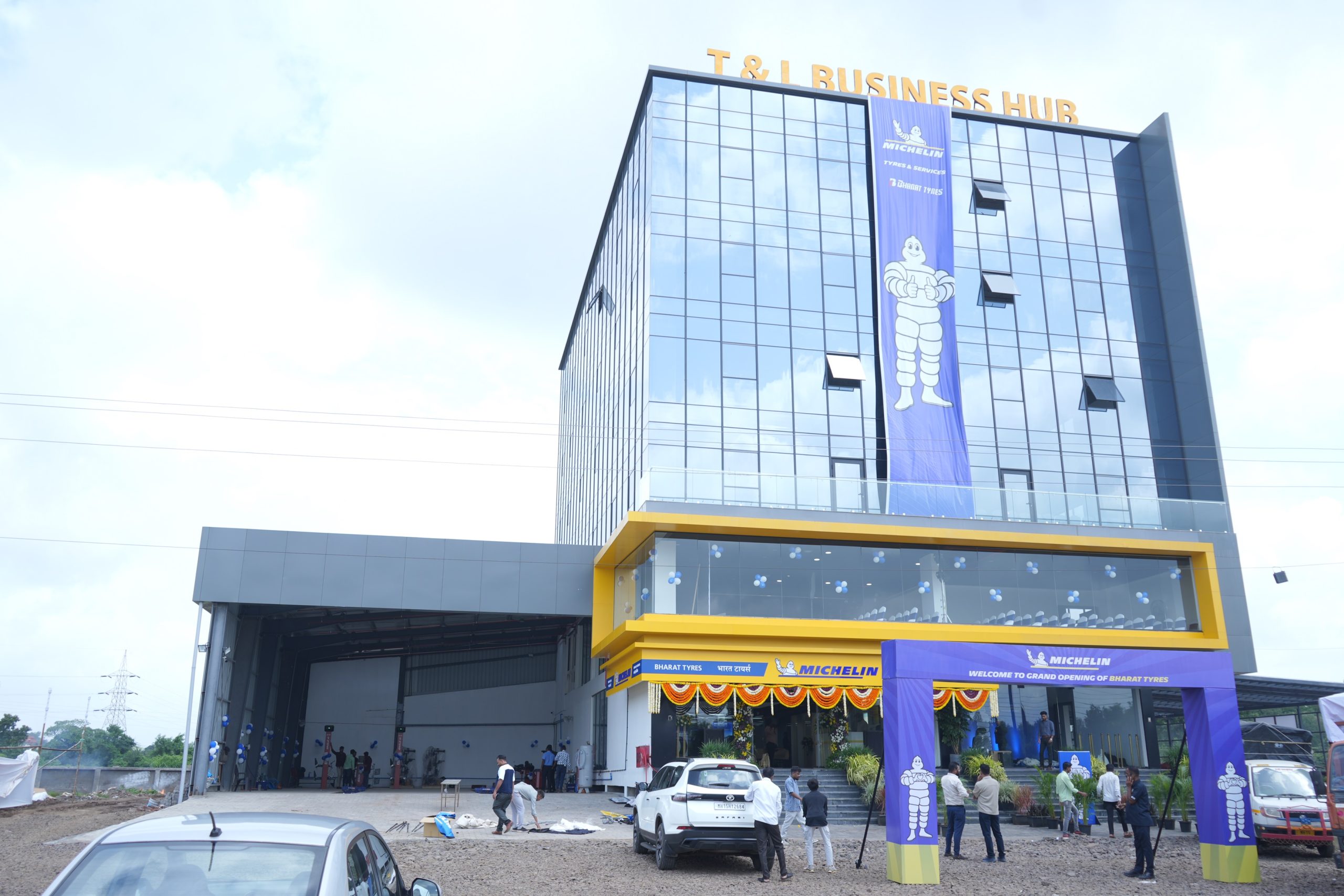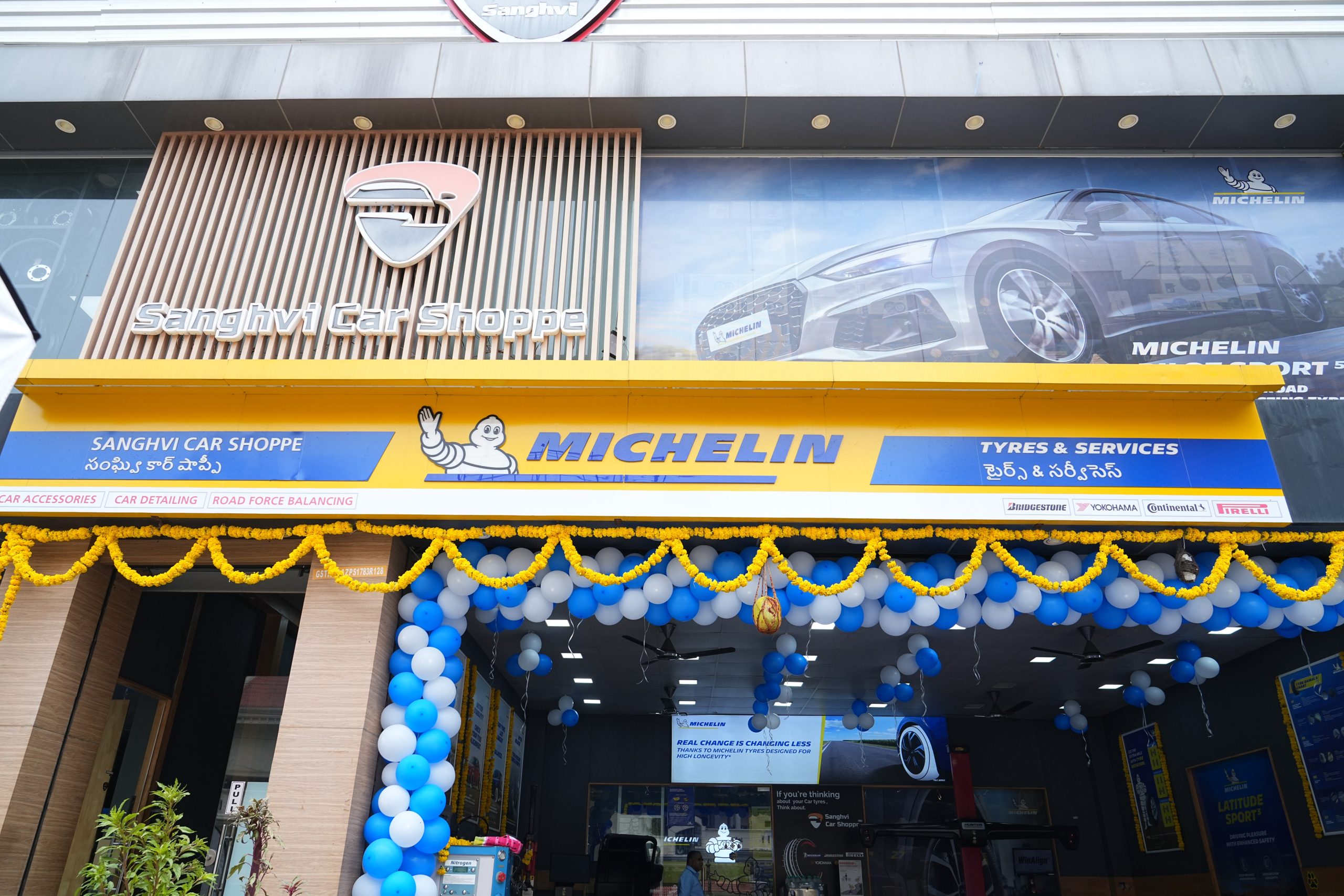Text: T Murrali
The slowdown in the automotive industry is gradually vanishing and it may look up in the months to come. While the industry growth is promising and prospective – with demand for passengers and goods expected to grow between 8% and 12% a year, and the number of vehicles on road expected to double by 2020, there are issues relating to sustainability. During the past decade sustainable mobility assumed greater significance primarily due to fossil fuel reserves and increasing carbon emissions.
According to reports by international agencies, global energy consumption is likely to rise by 53% between 2006 and 2030, and about three-quarters of the projected increase in oil demand is likely to come from the transport sector. Fossil fuel based transportation constitutes the second largest source of carbon dioxide emissions globally. According to industry reports the CO2 emissions from road transportation is expected to increase by 80 to 100 million tons. Also, the rising cost of fuel is pushing OEMs to design and develop vehicles with alternative fuels, enhance engine efficiency, match environmental compliances etc. It has led governments and the OEMs to invest heavily into developing vehicles based on alternate propulsion systems including hybrid and electric drives. Therefore, technology plays a vital role in addressing the major issues. Although technology may not be the only solution, it has to work in tandem with other parameters like industrial receptivity, favourable policies, customer acceptance, investment justification etc. The successful amalgamation of all these factors lead to ‘Green Manufacturing,’ which is a modern manufacturing mode that considers both the environmental impact and the resource consumption during the whole product life cycle from design, fabrication, packaging, transportation, usage and recycling to waste disposal.
Green manufacturing for the automotive sector embraces technology solutions and systems, both at the user and manufacturing end. Studies estimate that a wide range of green vehicle technologies together could improve fuel economy by 30 to 55% during the next decade. Irrespective of what the future holds, automakers need to be agile in their core manufacturing processes to accommodate a range of transportation technologies, including alternative fuel vehicles, to stay on the path to high performance. As this next generation technology is gaining momentum, the Tamil Nadu Technology Development & Promotion Centre of Confederation of Indian Industries (CII) had organised a one-day event – `Green Technologies for Automotive Sector,’ – recently
in Chennai.
Addressing the conference on the theme `Innovative models for profitability and sustainability,’ Dr K Karthikeyan, Member Secretary, Tamil Nadu Pollution Control Board, said despite the automotive industry starting to adopt green practices to derive benefits through long-term cost savings, brand enhancement, better regulatory compliance and to attract talent and higher investor interest, it still needs to invest more in green technologies. “Investment in green technologies for the automotive sector will give a good impact on the urban air quality,” he said. He also sought industry support for the enforcement of environmental norms.
Studies have shown that the automotive industry contributed to various modes of pollution, both at user levels and at source of manufacturing. About 90% of Green House Gas (GHG) emissions in the life cycle of the vehicle happen at the usage stage and the remaining 10% during manufacturing.
Atul Renavikar, Conference Chairman and Director, Michelin India Manufacturing Plant, said, “Green manufacturing differed from traditional manufacturing as it focused on environmental impact, environment policies of the government, national and international environmental agencies. Green innovation will actually decrease cost, increase productivity and make companies more competitive. The transition to green technologies has been driven by various factors like fuel and commodity prices, external supply dependence, environmental pollution, global warming, tighter environmental regulation by the government and pressures from consumers and environmental groups. The green initiatives should be co-ordinated with important regulations, economic incentives and green infrastructure investments. New technologies will continue to play important roles in the automobile industry to identify solutions to face its enormous challenges. However, there are several issues like the widening gap between industry and academia, the low investment in research and development, and the non-availability of techno-starters and venture capital funding to support the starters. Allocation of resources for green research will be a difficult task and it is necessary to have greater industry-institution partnership to develop sustainable technologies.”
S N Eisenhower, Vice-Chairman, CII Tamil Nadu and Director – Operations, Saint-Gobain Glass India, said to optimise the growth of the automobile industry it has to identify technologies, solutions, systems, and strategic models. There has been growing industry-university collaboration and co-operation in implementing green technologies in the automotive sector. This collaboration will also promote entrepreneurship, start-up companies and venture capital companies, and create more employment in the private sector, he said. Saint-Gobain is working on reducing the thickness of passenger car windshields by 1mm to reduce weight without compromising on safety and functionalities. The weight of the glass will be around 2.5 kg per metre square with a thickness of 1mm. The company is also working on a windshield that may not need wipers at all, he indicated. However, “Affordable mode of delivery is essential for innovative products to be successful in India,” he added.
The Director of Sathyabama University, Dr Mariazeena Johnson, proposed the creation of a technical community to discuss how the automotive industry could evaluate green ideas and select more environment-friendly ways to produce, sell and dispose vehicles globally. She also suggested the creation of new design incubation laboratories and business incubating centres in educational institutions. She called for greater industry-institution interaction with more opportunities for institutions to have added exposure to industries in the country.
R Balaji, Vice President (Manufacturing), Ramco Systems Limited advocated leveraging cloud computing to go green. By 2020, large US companies that use cloud computing will achieve $ 12.3 billion in revenue and reduce carbon footprint equal to 200 million barrels of oil. He further said that cloud computing also works as a great leveler.
Addressing the event on ‘Innovative sustainable material for sustainable tyres’ Dominique Aimon, Vice President (Technical & scientific communication), Michelin Group, said the demand for mobility will increase by a factor of 2 to 4 in the next few decades and this change will impact all human activities on environment on three aspects – depletion of natural resources, impact on human health & biodiversity and climate change. Talking about his own industry, he said a tyre is made up of nearly 200 components and about 75% of its raw material is fossil fuel based; besides, car tyres will consume at least 500 litres of petrol during its lifetime just to overcome rolling resistance. In order to go green Michelin follows 4Rs – reduce, reuse, recycle and renew, primarily focusing on reducing raw material.
Talking on energy efficiency in automotive manufacturing, Nitin Nair, Head of Automotive Vertical, Siemens India, said resource efficiency is a central lever for sustainable value creation in the auto industry. Due to market pressure the modern automobile plants are highly efficient, however, increasing competition is forcing them to seek out new areas in which they can reduce costs; and one area identified for potential savings is energy demand in the product process. About 30% of the total energy saved in any auto industry is ideal and more than 80% energy saving is possible, he opined. Selection of energy efficient components and aggregates is the key. For instance, in the life-cycle cost of electric motors and drives, the investment cost is only 5% while the energy cost is 95%. “Up to 50% less energy is used alone by smoothing the movement of manufacturing roboters. Thanks to Siemens PLM Software roboter movements during manufacturing were simulated and harmonised. Virtual optimisation of manufacturing processes during the planning phases is fundamental for early identification and optimisation of energy consumption,” he said.
Karthik Shankaran, Senior Account Manager, Detroit Engineered Products, said in-cylinder sensing technology for IC engines helps reduce emissions besides providing real time prediction of engine performance. Sharing his company’s experience in working with global auto majors, he said the OEMs help realise mass efficient body structures for electric and hybrid vehicles in the shortest possible time.
On Technology & Innovation Models in Green Manufacturing, the Managing Partner, Roland Berger Strategy Consultants, Dr Wilfried G Aulbur, said manufacturing and transportation sector collectively account for 34% of global GHG emission with India being ranked as the third largest contributor. Manufacturing companies can address sustainability concerns by focusing on incremental measures covering the entire value chain – right from procurement to processes, products and marketing. He observed that companies are moving towards new developments by growing environmental concern among consumers and regulating bodies. With increasing pressure on availability of natural resources, opportunities for lightweight and recycled materials are being explored by the OEMs. This drive will increase the use of such lightweight material from 30% to 70% by 2030, he opined.









Leave a Reply